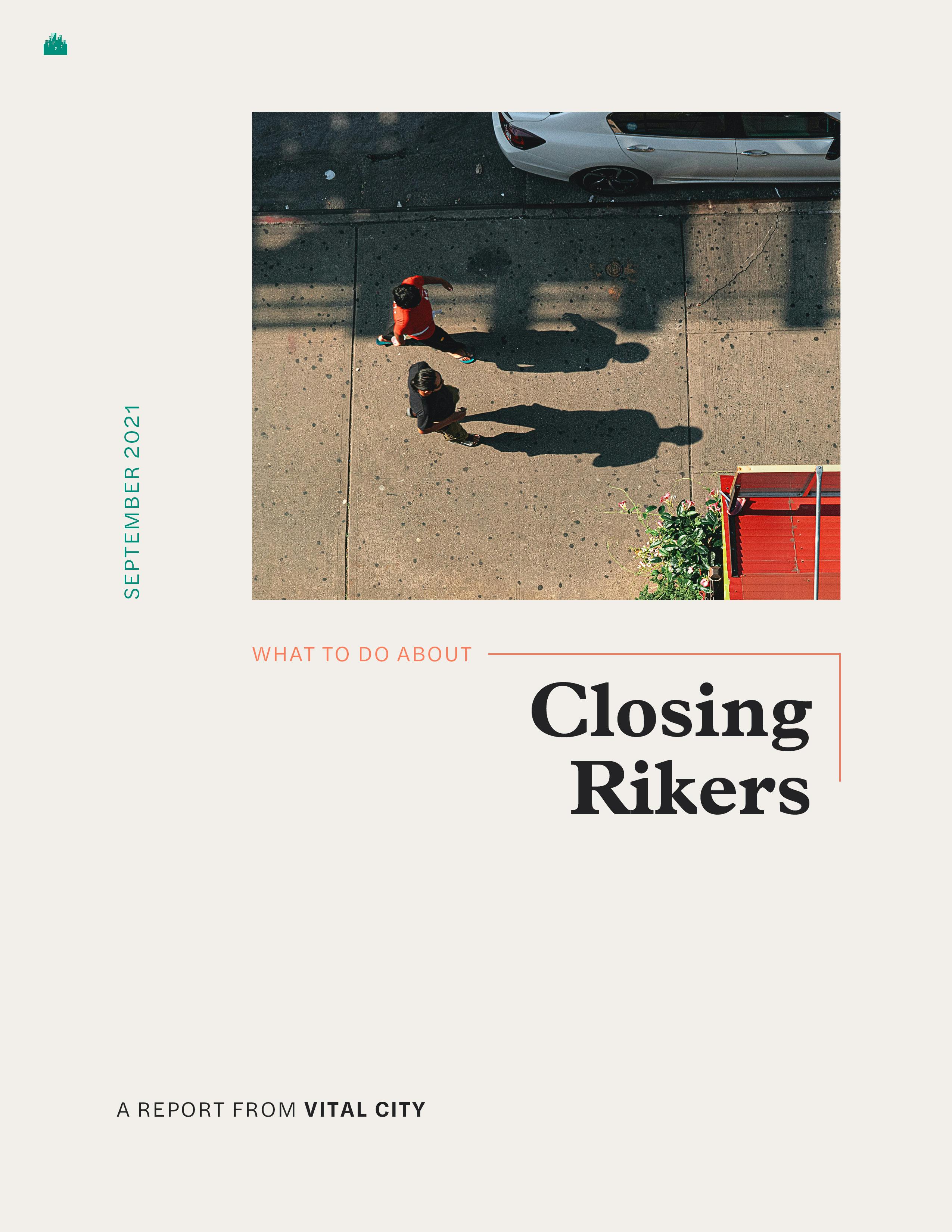
What to Do About Closing Rikers
By Elizabeth Glazer and
In our first special report, public safety veterans Elizabeth Glazer and Michael Jacobson provide a detailed, data-grounded roadmap to close Rikers Island that would simultaneously:
- Increase safety inside and outside the city’s jails;
- Cut operating costs and invest more in communities;
- Shrink the jail population to approximately 2,200; and
- Limit the criminal justice system’s footprint.
In the face of the humanitarian crises on Rikers, now in public view everyday, we show how paying attention and reducing the population can provide both immediate relief and a long-term solution.
Closing Rikers Island is more than a construction project. The result of passionate advocacy from formerly incarcerated people and others, the plan to close Rikers reflects what history and science have taught us: that safety comes when jail is used as a last resort and, when jail must be used, it is a place of safety and dignity for all.
In the past few decades, New York City has implemented successful strategies to increase safety while reducing incarceration. This approach lightened the impact of the criminal justice system on Black and Brown communities, although racial disparities persist. While New York City, like other large cities, suffered a large increase in gun violence over the past year—a rise that deserves focused attention—the data are definitive that this was not driven by people released pretrial. New York City remains the safest large city in America and has the lowest incarceration rate.
This report takes the lessons of the past, the currents of this moment and the science that underlies it all to propose a way for New York City to close Rikers and realize its ambitions for a safer and fairer city.
Recommendations from the Report
Use jail as a last resort by maintaining the smallest jail population possible while ensuring public safety: how an intentional, focused and coordinated strategy, guided by science and the city’s past experience, can produce more safety with approximately 2,200 in the four borough facilities.
Consider repurposing existing, smaller facilities and increasing hospital space as a strategy to provide appropriate care, reduce further the scale and capacity of the four main jails and provide flex space: how additional facilities at much smaller scale could advance better conditions and reduce the scale of the four proposed facilities.
Balance the value of detaining people close to home with equally important considerations: how a careful examination of the needs of the people incarcerated and the services provided could lead to better facilities at lower heights.
Tackle the long-standing culture of violence in the city jails: why violence is the major impediment to the transformation of the justice system and what to do about it.
Reduce the number of corrections officers to reflect the much smaller jail population and reap the savings: how a more efficient distribution of staff could lead to better conditions and lower costs.
Reassess the best approach to designing and building facilities that achieve the transformative goals of the project: why and how a different configuration of responsibilities could lead to better results at lower costs.
Create two new leadership positions to ensure the best plan for closing Rikers as part of a broader effort to transform the city’s approach to public safety: why leadership from the mayor and specific assignment of responsibility to key officials for day-to-day operations and decision-making is crucial to the success of closing Rikers and the justice system changes that lie behind it.